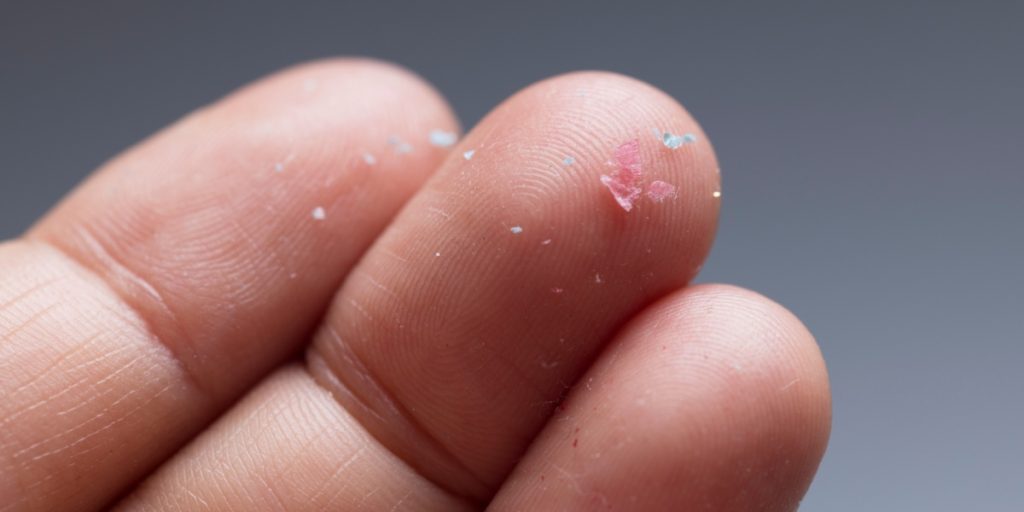A groundbreaking discovery suggests we may be carrying around more plastic than we realize — and the implications for future generations could be profound.
Others are reading now
While most people are aware that microplastics can be found in water, food, and even the air we breathe, scientists have now identified them in a far more unexpected — and alarming — location.
A new study has detected microplastics in women’s follicular fluid, the essential liquid that surrounds and nourishes eggs during their maturation process.
The particles were found in 14 out of 18 women undergoing fertility treatment, prompting researchers to call it an “alarming sign” of just how deeply these particles have infiltrated the human body.
Not Just Plastic — A Chemical Cocktail
Although they may sound harmless, microplastics are far more than tiny plastic fragments. They can carry up to 16,000 different chemicals, many of which are hazardous to human health.
Also read
Among the most concerning are PFAS, bisphenol, and phthalates — substances linked to cancer, hormonal disruptions, and damage to both neurological development and the reproductive system.
Luigi Montano, lead researcher from the University of Rome, warned that this may be only the beginning. His team has previously discovered microplastics in both urine and semen and now believes they could play a significant role in declining fertility rates.
The presence of microplastics in follicular fluid, the researchers suggest, may interfere with egg development and the chances of successful fertilization — a concern supported by earlier animal studies showing similar effects.
Women’s Fertility Now in the Spotlight
Until recently, most fertility-related research has focused on declining sperm quality in men. But this study points to serious, and previously underexamined, risks to women’s reproductive health.
Exactly how microplastics enter the body is still under investigation, though common suspects include food and prolonged contact with plastics in everyday settings, especially in the kitchen.
As a result, researchers are urging the public to minimize plastic use — particularly single-use items and heated plastic containers, which are more likely to leach harmful substances.
It’s now clear that modern humans are in constant contact with microplastics. But the real question is whether this invisible pollution is quietly undermining our ability to have children.
This article is based on information originally reported by The Guardian.



